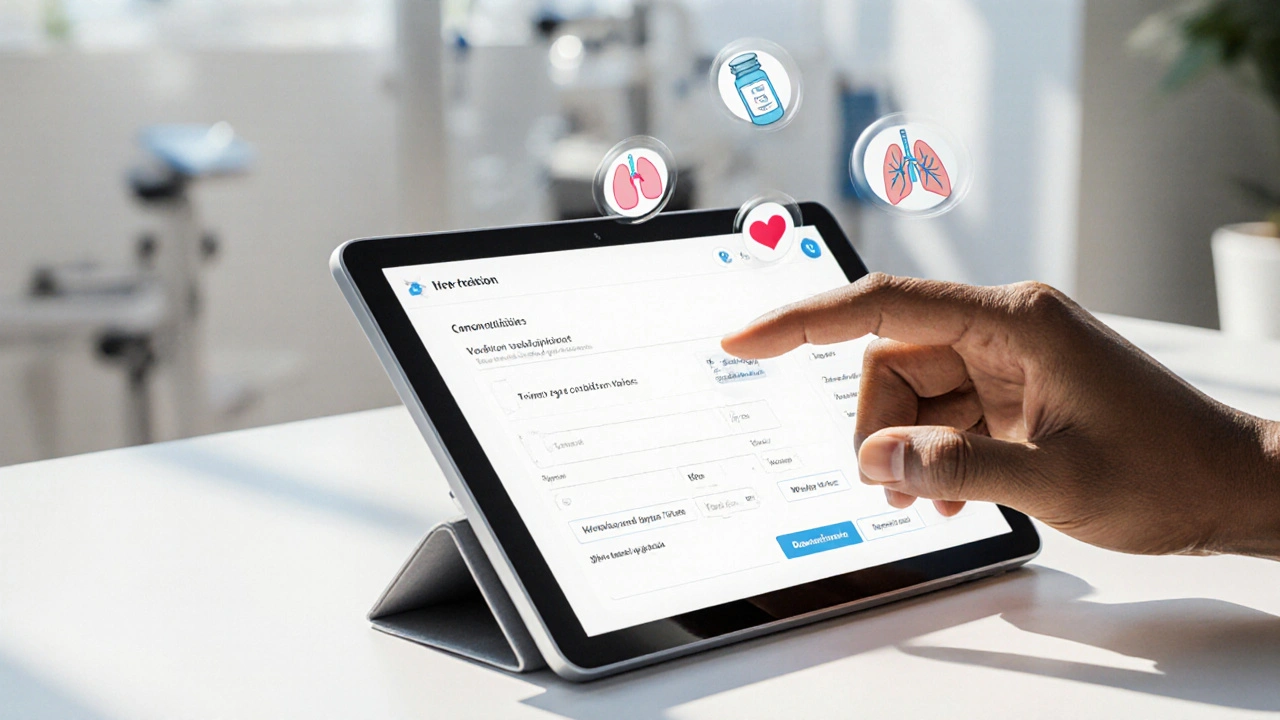Hypertension Medication: Essential Info & Practical Tips
When working with hypertension medication, drugs that lower high blood pressure and protect the heart and kidneys. Also known as BP meds, it is a cornerstone of cardiovascular health.
Most people think of one pill and forget the variety behind it. Hypertension medication isn’t a single drug; it’s a group of medicines with different mechanisms. Lisinopril, an ACE inhibitor that relaxes blood vessels by blocking angiotensin‑converting enzyme is a classic example. Amlodipine, a calcium channel blocker that widens arteries by stopping calcium from tightening muscle walls tackles the same goal from another angle. And Hydrochlorothiazide, a thiazide diuretic that reduces fluid volume and eases pressure on vessel walls adds a third strategy. These three classes together cover most of the treatment landscape.
How the Main Classes Fit Together
Think of hypertension medication as a toolbox. ACE inhibitors, like Lisinopril, directly interrupt a hormone chain that forces arteries to narrow. By blocking that chain, the vessels stay relaxed and blood flows more easily. Calcium channel blockers, such as Amlodipine, stop calcium from entering smooth‑muscle cells, which also keeps vessels open. Diuretics, exemplified by Hydrochlorothiazide, act farther downstream by prompting the kidneys to excrete extra salt and water, lowering overall blood volume.
Because each class works on a different step, doctors often combine them. A patient on Lisinopril may add Amlodipine if blood pressure stays high, and Hydrochlorothiazide can be introduced to handle stubborn fluid buildup. The combination approach reduces the dose needed for each drug, which means fewer side effects.
Side‑effect profiles differ, too. ACE inhibitors can cause a persistent cough; calcium channel blockers may lead to swollen ankles; diuretics sometimes trigger low potassium. Knowing which symptom belongs to which class helps patients and doctors adjust treatment quickly.
Beyond the pills, lifestyle matters. Reducing sodium, exercising, and managing stress amplify the effect of any hypertension medication. When the right drug mix meets healthy habits, the risk of heart attack, stroke, or kidney damage drops dramatically.
For those looking to save money, buying generic versions is a solid move. Our guides on buying cheap generic Lisinopril, Hydrochlorothiazide, and other BP meds show how to spot reputable online pharmacies, compare prices, and avoid scams. The process is the same for most hypertension medication: verify the pharmacy’s license, check the drug’s appearance, and read user reviews.
Safety checks are a must. Before starting any hypertension medication, patients should have a baseline kidney function test, electrolytes, and blood pressure reading. Follow‑up appointments every few weeks let the doctor fine‑tune dosages and catch any adverse reactions early.
All of this sets the stage for the articles below. You’ll find deep dives on buying cheap generic Lisinopril, side‑effect management for Amlodipine, and practical tips for combining diuretics with other BP drugs. Keep reading to get the detailed, step‑by‑step advice you need to take control of your blood pressure regimen.

Propranolol vs Alternatives: Key Differences, Benefits, and Side Effects
Compare Propranolol with common beta‑blocker, ACE inhibitor, calcium‑channel blocker and SSRI alternatives to find the best fit for hypertension, anxiety, or heart issues.
Read More